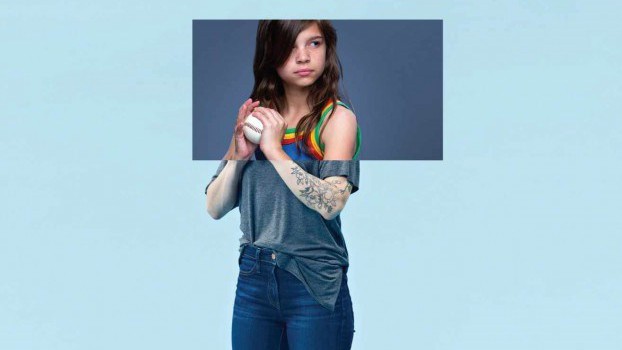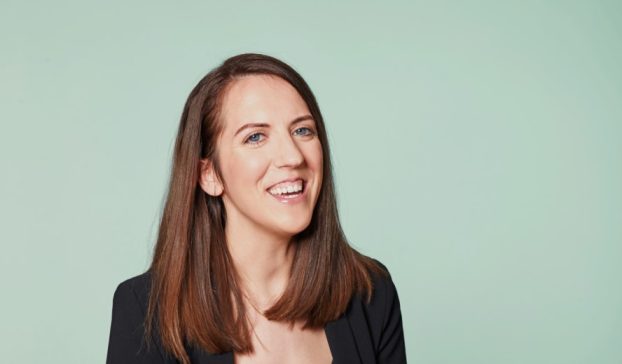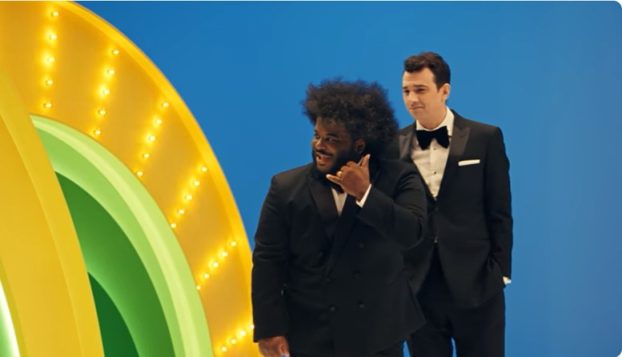Were you at a party as a teen where someone passed you a spliff and you thought, “This is not for me”? Well, Health Canada wants to equip today’s 13- to 15-year-olds with the tools to make that decision.
“Not4Me,” which launched in December, is part of Health Canada’s National Anti-Drug Strategy (NADS). Developed by Toronto-based Allard Johnson, it includes TV, cinema, transit ads and shopping mall door decals, aiming to make teenagers aware of the adverse effects of illicit drug use and convince them of the benefits of a drug-free lifestyle.
The ads drive to Not4me.ca (0drogue.ca in French), which seeks to dismantle beliefs of socially acceptable drug use among peers. The site offers up facts on street drugs, a look back at celebrity drug disasters through history, strategies for getting help and a forum to share drug stories, as well as links to Facebook and Twitter.
“The NADS campaign was developed based on several best practices and evaluations of foreign drug prevention programs, as well as on Health Canada research of youth and their parents regarding attitudes about drugs and drug messages,” says Health Canada spokesperson David Thomas.
We asked two youth-minded experts, Matt Gould, associate marketing manager, Pepsico Foods Canada, and Gae Wakabayashi, VP/ECD at Vancouver-based Fjord, to weigh in on whether or not this effort has what we call the Y Factor: youth resonance.
Overall strategy
Gould: “Not4Me” is a fantastic headline for this campaign. It does two things really well: the tagline itself automatically gives kids a response they could use to say no to drugs and it does it in a very personal, nonabrasive tone. This more subtle approach is a huge step forward from past government campaigns.
Wakabayashi: I just don’t think 13- to 15-year-olds can be talked out of engaging in bad behavior by projecting forward and imagining what “might be.” Anticipating a slippery slope or the future adverse effects of drug use is a reality check that the adult mind would get, but a kid entering his teens wouldn’t be swayed by such scare tactics.
Creative elements
Gould: The TSAs are eye-catching and reinforce a personal perspective; however, the TV spot is a miss. It reverts back to classic government scare marketing promotions and does not fit creatively with the rest of the campaign. The spot automatically shifts the conversation away from “drugs are not for me” to “marijuana as a gateway drug.” Totally different.
Wakabayashi: The hero image used in the print doesn’t correlate with the main message conveyed in the TV spot. If the primary message is “look what could happen to your life if you start taking drugs,” then the spliff temptation just doesn’t capture a vivid illustration of “picture this.”

Website
Gould: The content on the website is great. The “This day in history” section adds a celebrity spin on things. However, it’s molded directly into the standard Government of Canada site structure, which limits its visual appeal and interactive capabilities. It does offer credibility but they still could have achieved this with a stand-alone website with more subtle government branding.
Wakabayashi: Overall, the site delivers the standard drug facts and risk information you’d expect, but fails to capitalize on the opportunities to engage with this audience. Any attempt to build an active, online community just isn’t there. Also, beyond the landing page, the layout is very copy-heavy, tone-of-voice
is way too old and the graphs and charts are straight out of PowerPoint. The site will probably alienate youth with its official government header from the get-go.
The Y factor
Gould: Despite being a fantastic resource for information, the campaign fails to leverage the power of social media to encourage an authentic conversation…the “share” button isn’t enough. The campaign expects youth to show up to it when it should have made more of an effort to integrate into already-existing platforms of youth culture.
Wakabayashi: I didn’t find the campaign convincing. This age group would probably respond more positively to associating “No” with being cool – it’s the strong, confident kid that knows who he is, makes it cool to be different, not fold under peer pressure and to do the right thing. Bottom line, it feels like an adult wagging his/her finger at the audience.























